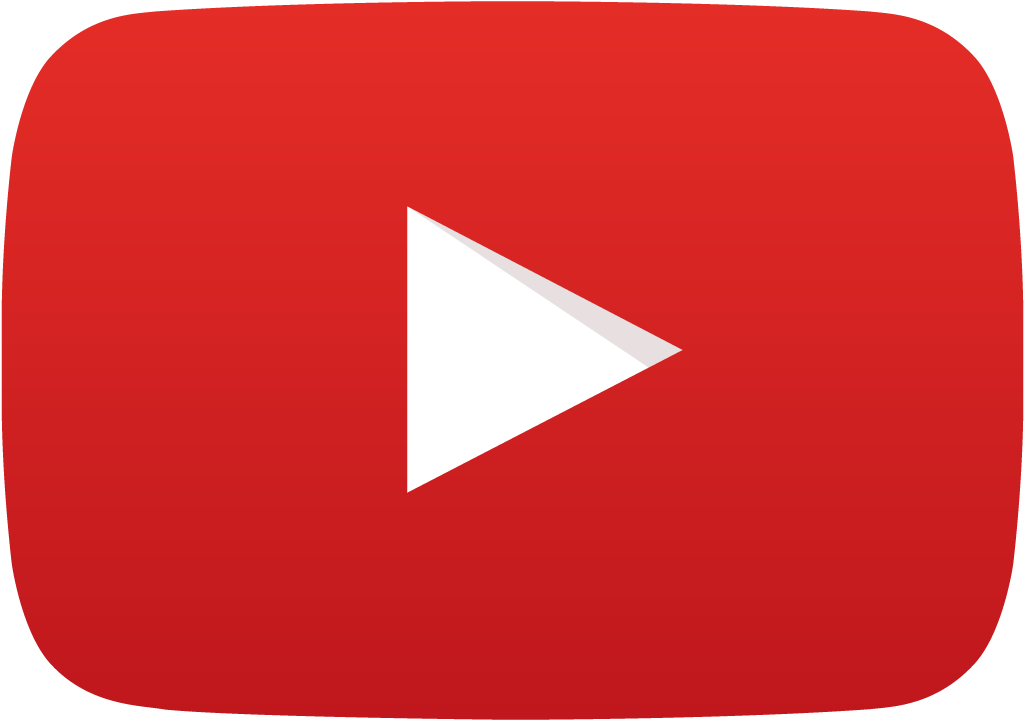From the million dollar's web, to ‘seriespepito’ Is it a Bubble 2.0?
Keywords:
Downloads, Affiliate Networks, Online Advertising.Abstract
In 2005, a 21 years old English student created The Million Dollar Homepage. The idea was simple: he divided the site into 100 blocks of 10x10 pixels each with the aim to sell these spaces to the brands interested in advertising on the website. Each pixel would cost 1 dollar. That apparently naive idea ended reaching notoriety in the newly named Web 2.0 (O'Reilly, 2005). Worldwide online media, many of whom just began their journey through the Web, covered the curious initiative. The online media coverage also jumped to traditional media (crossmedia narrative, Jenkins, 2006) and this issue had a direct influence on the increase of visitors and number of page views in the site. It was, in fact, one of the first examples of a viral message in the Web. Advertising brands were attracted by the media impact of the website, which became a showcase. Companies such as The Times or Yahoo were attracted by the web influence. In a few months, the business student Alex Tew sold every single pixel of his website to advertising brands, amountig to a million dollars. In 2015, according to Alexa Rank, onclickads.net, publited.com, adcash.com, popads.net or adf.ly are among the 150 most visited websites in Spain, competing with companies like facebook.com, wordpress.es, marca.com, rtve.es or bbva.es, to name a few. We present in the following article the reasons why these affiliate advertising networks occupy key positions in the rankings of most visited websites and to this end, we will focus on studying the business model of some of the main links pages, which offer access to download or online viewing of media formats, including series, documentaries and film content. We will focus in particular on the business models like seriespepito.com, closed due to alleged intellectual property crime in 2014. They generated within months, about a million dollars profit. We studied, with this purpose, the role of the affiliate networks, the use of tracking tools such as cookies and similar technologies and the role of the various parties involved in this process: advertisers, affiliation networks, publishers, receivers of the messages and potential consumers.Metrics
References
Abad, J. M. (2015): ‘Bloqueo contra los que bloquean’, en El País. Consultado en línea el 26 de septiembre de 2015 desde: http://tecnologia.elpais.com/tecnologia/2015/09/16/actualidad/1442402072_445315.html
Barlow, J. (1996): ‘A Declaration of the Independence of Cyberspace’. Consultado en línea el 7 de enero de 2014 desde: https://projects.eff.org/~barlow/Declaration-Final.html
Berners-Lee, T. (2000): Tejiendo La red. Madrid: Siglo XXI.
Castells, M. (2001): La Galaxia Internet. Madrid: Areté.
Cortés, M. (2006): ‘Del 1.0 al 2.0: claves para entender el nuevo marketing’. Consultado en línea el 7 de enero de 2014 desde: http://www.clavesdelnuevomarketing.com/
IAB (2010): ‘Libro blanco. Guía de Marketing de Afiliación’. Consultado en línea el 27 de julio de 2015 desde: http://www.iabspain.net/wpcontent/uploads/downloads/2011/07/12_LB_Marketing_afiliacion.pdf
Jenkins, H. (2006): Convergence Culture: Where old and new media collide. New York: NYU Press.
Lacort, J. (2015): ‘Si quieres usar un bloqueador de contenidos, que no sea Adblock Plus’, en Hipertextual. Consultado en línea el 26 de septiembre de 2015 desde: http://hipertextual.com/2015/09/adblock-plus-2
Landow, G. (1995): Teoría del hipertexto. Traducción de Patrick Ducher. Colección Hipermedia, nº 2. Barcelona: Paidós.
Lessig, L. (2006): CODE v.2.0. New York: Basic Books Consultado en línea el 27 de julio de 2013 desde: http://codev2.cc/download+remix/Lessig-Codev2.pdf
Levine, R.; Locke, C; Searls, D; Weinberger, D. (1999): ‘The Cluetrain Manifesto: The End of Business as Usual’. Consultado en línea el 28 de enero de 2012 desde: http://tremendo.com/cluetrain/
López García, G. (2005): Modelos de Comunicación en Internet. Valencia: Tirant Lo Blanch.
Martínez, E.; Muñoz, M. (2013): ‘En busca de equilibro entre la regulación y la autorregulación de la publicidad comportamental en línea’, en Estudios sobre el Mensaje Periodístico, vol. 19. Madrid: Servicio de Publicaciones de la Universidad Complutense.
O’Reilly, T. (2005): ‘What Is Web 2.0: Design Patterns and Business Models for the Next Generation of Software’. Consultado en línea el 12 de diciembre de 2013 desde: http://www.oreillynet.com/pub/a/oreilly/tim/news/2005/09/30/what-is-web-20.html
Postman, N. (1991): Divertirse hasta morir, el discurso público en la era del show business. Barcelona: Ediciones La Tempestad.
Sampedro, V. (2014): El cuarto poder en red: Por un periodismo (de código) libre. Barcelona: Icaria.
Schwartz, J. (2001) ‘Giving the Web a Memory Cost Its Users Privacy’. Tracks in Ciberspace. The New York Times, 4 de septiembre de 2001, p. 4 of 7. Consultado en línea el 6 de septiembre de 2013 desde: http://www.nytimes.com/2001/09/04/technology/04COOK.html
Tapscott, D.; Williams, A. (2008): Wikinomics: How Mass Collaboration Changes Everything. Nueva York: Portfolio.
Downloads
Published
How to Cite
Issue
Section
License
Authors who submit to this journal agree to the following terms:
Authors retain copyright and ensure the magazine's right to be the first publication of the work as licensed under a Creative Commons Attribution-NoComercial 4.0 International License that allows others to share the work with an acknowledgment of authorship of the work and the initial publication in this magazine, with no commercial purpose.
Authors can establish separate additional agreements for non-exclusive distribution of the version of the work published in the magazine (for example, to an institutional repository or publish it in a book), with an acknowledgment of its initial publication in this journal.
It allows and authors are encouraged to disseminate their work electronically (eg, in institutional repositories or on their own website) prior to and during the submission process, as it can lead to productive exchanges, as well as a citation more early and most of the published work (See The Effect of Open Access).















